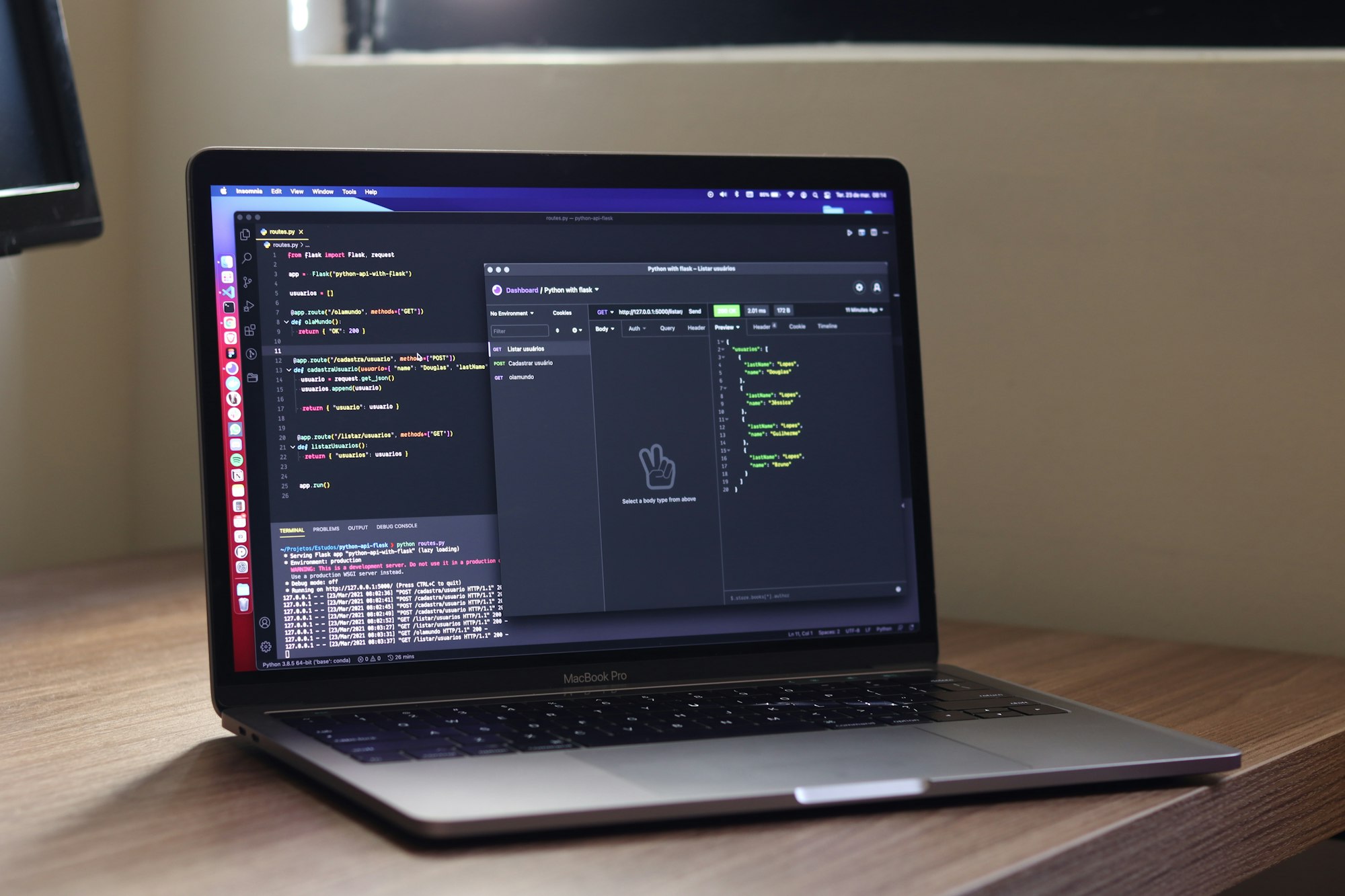API Testing
API testing is a form of software test which analyzes an API to ensure it meets its expected functionality, security, and reliability. These tests can be performed directly on the API, or as part of integration testing. If you need to go for API testing then API Tester is a very convenient application. The service is very laconic and functional, There is everything you need. This is the most convenient way to check your API. For sending HTTP & HTTPS queries, sharing data via websockets, and debugging APIs.
API Tester is a potent free client. Any request type, including getting, POST, PUT, PATCH, DELETE, and HEAD with any data encoding and transfer type—query parameters, URLEncoded parameters, FormData, or raw data—can use this. can send files from the device storage as well. Any API request, including REST, HTTP, WebSocket (WS), WebSocket SSL (WSS), GraphQL, XML, SOAP, and JSON-RPC, can be made using it. It features a responsive native UI that makes it simple to compose requests. It keeps track of responses so you can subsequently compare them, and it keeps your requests close at hand with quick searches over the main page’s requests list.
What Is API About?
Three layers are common for applications: a data layer; a service layer — called the API Layer — and a presentation level — which is the user interface (UUI). The API layer contains the business logic of an application. This is the guideline for how users interact with the apps’ functions, services, and data. API testing is about analyzing both the business logic and the security of the app and the data responses. A typical API test involves making requests to API endpoints, and then comparing the responses with the expected results.
API testing is often automated and used by Developers, quality control (QA), and development teams for continuous testing.
How To Approach API Testing?
A clear scope and understanding of the API’s intended operation should be the starting point for API testing. Testers should ask these questions:
- Which endpoints can be used for testing?
- What response codes can be expected for successful requests
- What are the expected response codes for requests that fail?
- What error message should you expect to see in the body of a failed request?
Testers can then apply various testing techniques once they have a better understanding of these factors. For the API, test cases should be also written. These test cases are the conditions under which testers can determine if a system works correctly or not. After the test cases are defined, testers can execute them and compare their actual results with the expected ones. Tests should include the following:
- Response time
- data quality,
- Confirmation of authorization
- HTTP status code and
- Error codes
API testing can be used to analyze multiple endpoints such as databases and web user interfaces. Failures and unexpected inputs should be monitored by testers. The API should be protected against possible attacks and response times should not exceed an agreed-upon limit. Also, tests should be performed to make sure that users don’t cause unintended consequences to the application. The API must also be able to handle the expected user load. It should also examine the results of other tests, such as security and performance.

Why API Testing Is Important?
Inefficient user interface tests can be inefficient for validating API functionality. They also often don’t cover all aspects of backend testing. This can lead to bugs being left in the server or at the unit level — a costly error that can delay product releases and often require large amounts of code rewritten.
Developers can use API testing to test their code before it is released. Any request that does not produce the correct value at the server level will not be displayed on the UI layer. This allows developers to eliminate at least half the bugs that are currently in existence before they become serious problems. This allows testers to request information that is not possible via the UI, which is essential for exposing security flaws.
Because microservices allow the software to be deployed faster, many companies use them. The app can be updated in one area and the rest of the app will continue to function normally. Each section of the app has its own data store with different commands to interact with it. APIs are the most common way microservices work.
As more businesses adopt microservices, API testing is becoming increasingly important to ensure that all parts work correctly. Agile software design also includes API testing. In this case, instant feedback is essential to the process flow. Unit tests and API tests are more popular in Agile environments than graphical user interfaces (GUI) because they are easier to maintain and are more efficient. GUI tests require extensive rework if they are to keep up with the many changes in Agile environments.
In general, engineering and development teams can benefit from incorporating API tests in the test-driven development process. Customers then get better services and higher-quality products as a result.












